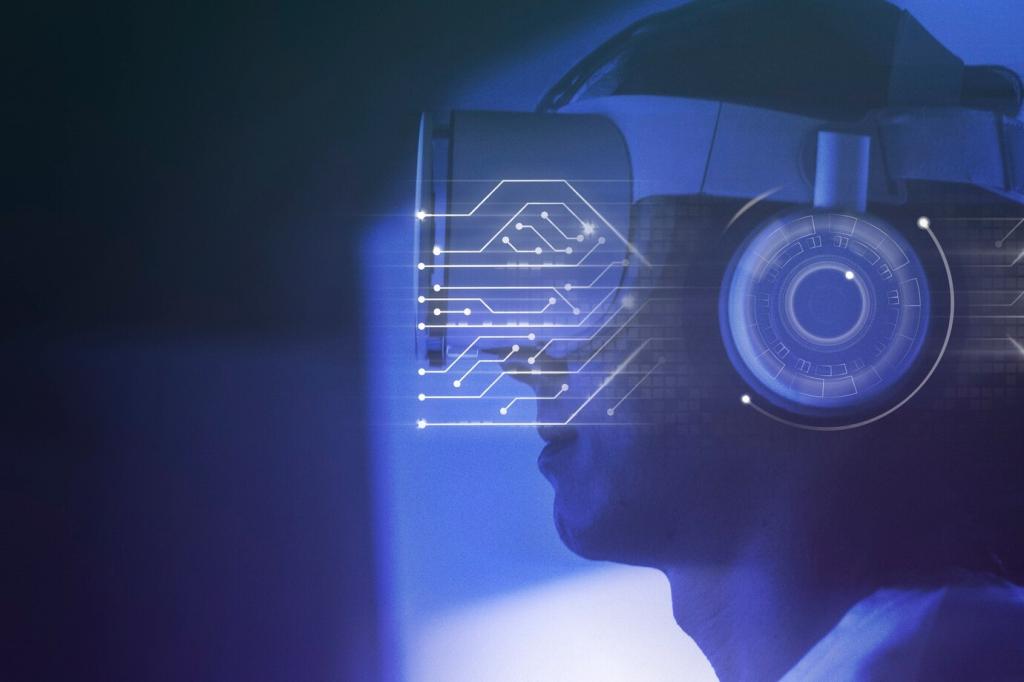
Development in Autonomous Vehicles: Building the Future of Safe, Intelligent Mobility
Chosen theme: Development in Autonomous Vehicles. Explore how engineers, researchers, and city partners design, test, and deploy self-driving systems—blending sensors, AI, safety cases, and human-centered thinking. Subscribe and share your questions to influence our next deep dive.
The Modern Autonomy Tech Stack
01
Sensors That See Beyond Humans
Lidar measures precise distance, radar cuts through fog, cameras capture rich texture, and thermal imagers track heat signatures. Fusing these signals creates resilient perception, enabling autonomous vehicles to detect hazards earlier and more reliably than a distracted human driver.
02
Perception, Prediction, Planning, Control
Neural networks classify objects, predict trajectories, and anticipate intent. Planners weigh routes against constraints, while controllers translate decisions into smooth steering and braking. Development in autonomous vehicles means optimizing this pipeline for latency, reliability, and explainability under real-world uncertainty.
03
Edge AI Under Real Constraints
On-vehicle compute must balance performance, heat, and power. Developers use quantization, pruning, and model distillation to run sophisticated networks on GPUs and accelerators. Every millisecond matters when autonomy must react safely to unfolding events on busy streets.


Safety and Validation Culture
Teams train and test policy on billions of simulated miles, stress-testing rare scenarios like cut-ins, unprotected turns, and unexpected debris. Carefully staged road testing validates assumptions, while scenario libraries ensure consistency across cities, weather conditions, and traffic densities.
Safety and Validation Culture
Frameworks such as ISO 26262, SOTIF, UL 4600, and ASPICE guide safety engineering, from hazard analysis to software process maturity. Following them helps transform great demos into dependable systems. Ask us which standards your team should prioritize first.

This is the heading
Lorem ipsum dolor sit amet, consectetur adipiscing elit. Ut elit tellus, luctus nec ullamcorper mattis, pulvinar dapibus leo.

This is the heading
Lorem ipsum dolor sit amet, consectetur adipiscing elit. Ut elit tellus, luctus nec ullamcorper mattis, pulvinar dapibus leo.

Designing for Trust, Not Just Autonomy
Clear interfaces explain why the car slows, yields, or reroutes. Predictable behavior builds confidence for riders and nearby drivers alike. In early pilots, a simple turn-signal timing tweak reduced honks and confusion at four-way stops, improving community sentiment measurably.
Ethics Beyond Thought Experiments
Real ethics involves accessibility, fairness, and protecting vulnerable road users. Development in autonomous vehicles prioritizes safe speeds in school zones, clear right-of-way at crosswalks, and inclusive routing for people with mobility challenges. Tell us which community safeguards matter most to you.
Stories From Community Pilots
A downtown shuttle pilot taught a humble lesson: riders valued reliability over novelty. When the service arrived predictably, seniors began planning medical visits with new independence. Share your autonomous transit stories, and help shape features that truly matter.
Secure telemetry aggregates insights across vehicles, fueling continuous improvement. Tele-assist resolves unusual situations without taking over control. OTA updates deliver fixes and new capabilities safely. Comment if you want a behind-the-scenes walkthrough of a fleet operations dashboard.

Business Models and Use Cases
Where Autonomy Pays Off First
Middle-mile delivery, ports, warehouses, and fixed-route shuttles can outperform robo-taxis initially. Constrained domains reduce complexity and accelerate learning. Tell us which use cases you believe will cross the profitability threshold earliest, and why those constraints matter.

How to Get Started and Contribute
Start with probability, control, and computer vision basics, then explore motion planning and safety. Practice with CARLA or real datasets. Build small projects that demonstrate end-to-end thinking, from perception metrics to planner tuning and robust validation strategies.

